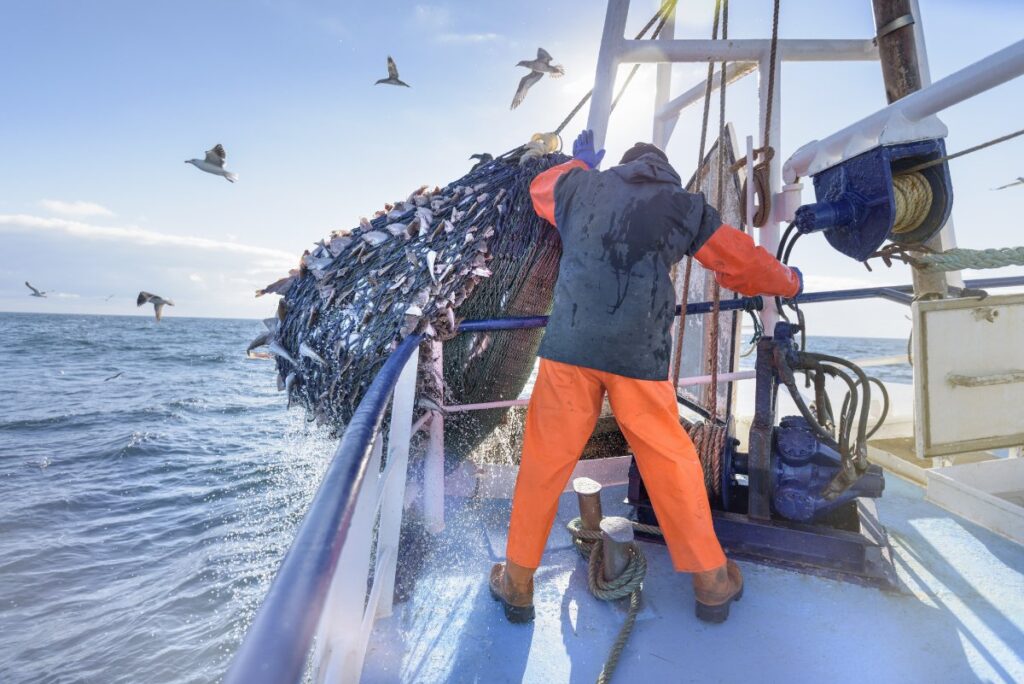Protect Your Catch, Protect Your Crew: A Guide to Commercial Fishing Safety
Posted
Last Updated
A fisherman’s personality generally equates to a sense of adventure, a love of the outdoors, and the drive to create new opportunities for wealth through strategy and well-gained knowledge. Part of that knowledge is having the tools to survive in an emergency.
The safety of commercial fishermen equals wealth for the fishing businesses and families. It also allows them to enjoy their passion of being some of the last hunters and gatherers and act as stewards of the ocean. Putting safety at the forefront will allow generations of fishermen to carry on the historical legacy of catching wild-caught seafood in coastal communities nationwide and worldwide.
It’s safe to say that desk jobs are not of their ilk.
The tradeoff for choosing commercial fishing over an office job is the risk of getting injured, losing the life of a crew member or even a fisherman’s own. Today, numerous organizations have dedicated their time to implementing training courses and resources to keep fishermen well-informed to decrease the chances for harm or injury from tragic accidents or ill-equipt vessels.
Alaska Sea Grant led a study with one hundred twenty-four fishermen, and the top three subjects they desired more training and knowledge in were safety, crew and deckhand skills, and vessel maintenance.
However, it can take time to navigate which training to advise. The goal of this report is to outline certain safety techniques to allow fishermen the opportunity to work successfully and return safely to their loved ones season after season.
SAFETY TRAINING AVAILABLE FOR COMMERCIAL FISHERMEN
Running a “tight ship” includes many important aspects, such as:
- Operating EPIRBs
- Conducting MAYDAY calls
- Using signal flares
- Donning immersion suits and PFDs
- Launching life rafts and procedures to abandon ship
- Recover crew in a Man Overboard situation
- Skill for surviving in cold water and other in-the-water situations

